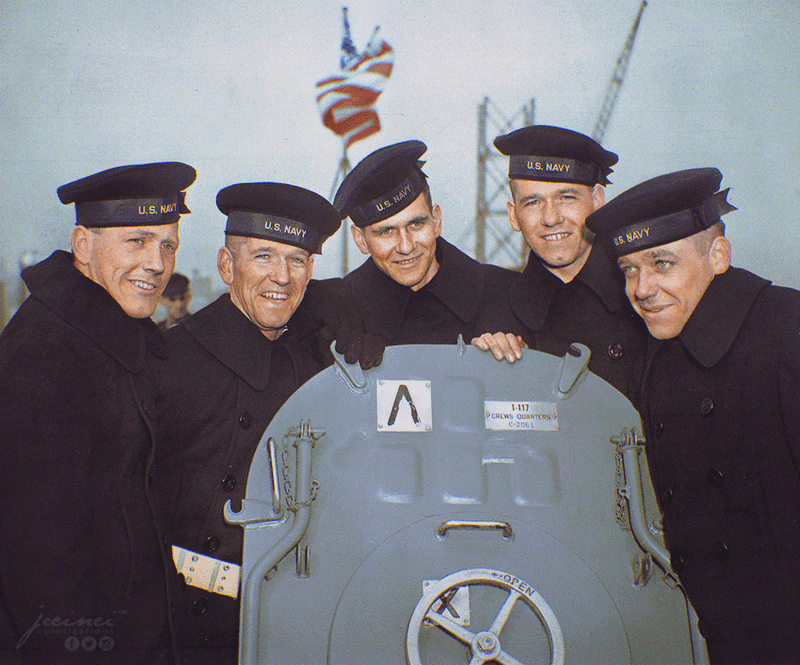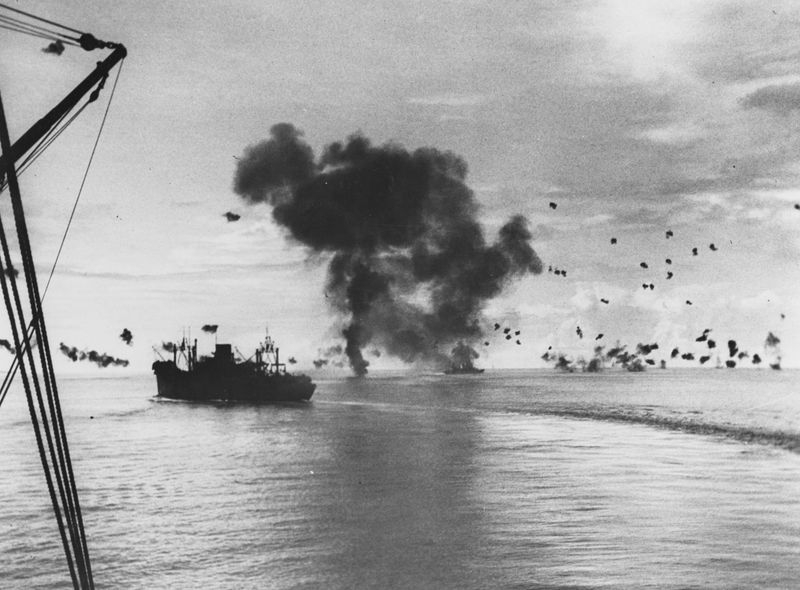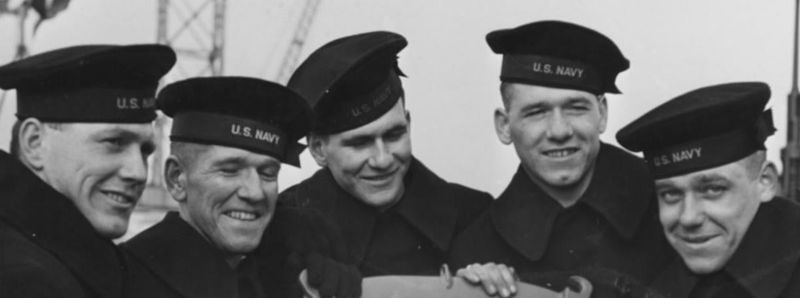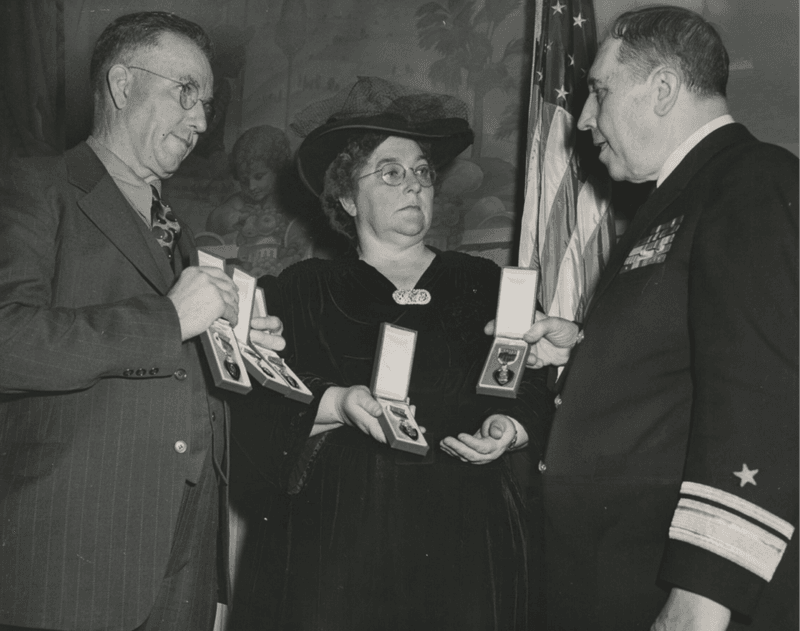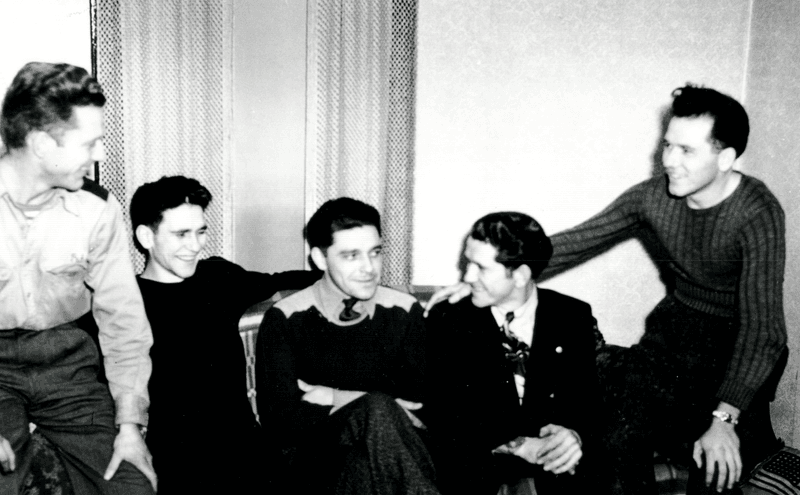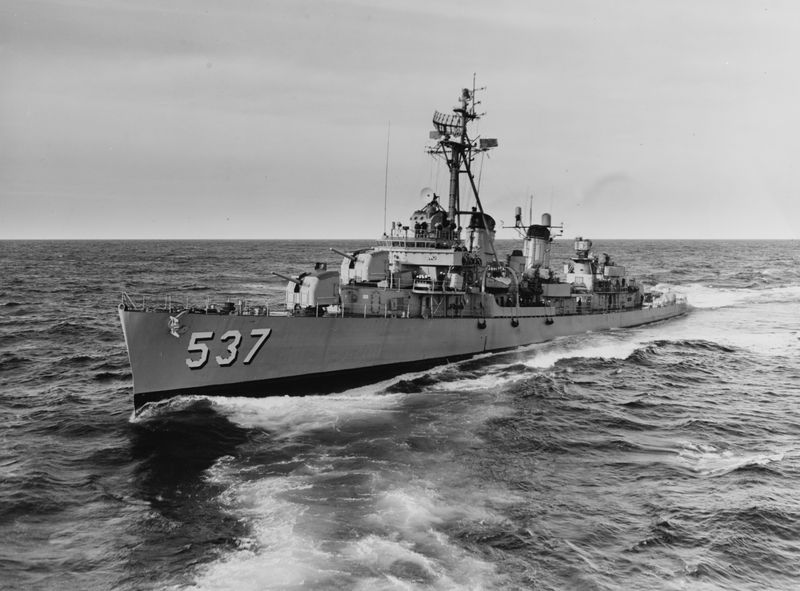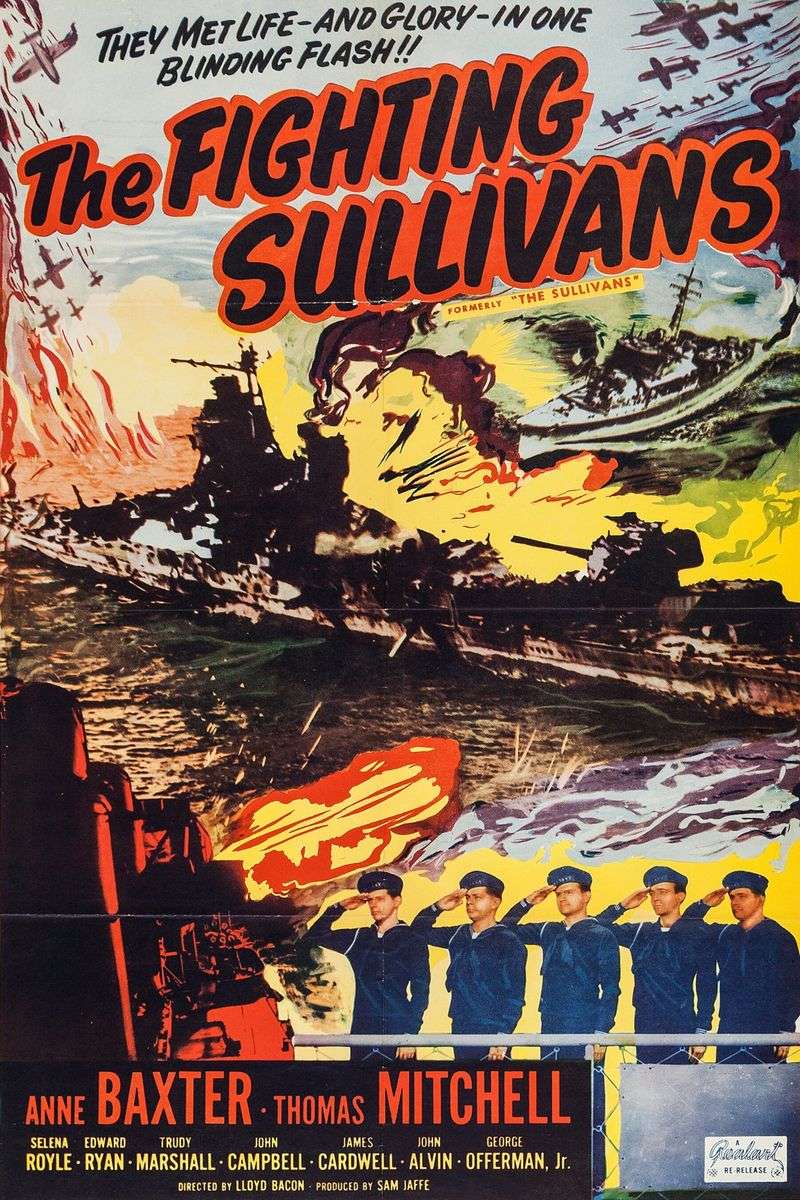The story of the Sullivan brothers represents one of the greatest family sacrifices in American military history. When five brothers from Waterloo, Iowa joined the Navy together in 1942, nobody could have predicted the tragedy that would follow.
Their deaths aboard the USS Juneau shocked the nation and changed military policy forever, leaving behind a legacy that continues to teach us about family bonds, sacrifice, and the true cost of war.
1. A Friendship Lost Sparked Their Decision
Pearl Harbor’s devastation hit home for the Sullivan family when they learned their friend Bill Ball died during the attack. The brothers—George, Francis, Joseph, Madison, and Albert—made a pact while sitting at a local bar. They would avenge their friend’s death by enlisting together.
The five siblings marched into the recruiting office with an unusual request: they would only join if they could serve on the same ship. Against better judgment, the Navy agreed.
Their motto became “We Stick Together,” words that would prove tragically prophetic as history unfolded.
2. The USS Juneau Became Their Shared Home
Light cruiser USS Juneau (CL-52) welcomed all five Sullivan brothers aboard in February 1942. George, 27, served as Gunner’s Mate Second Class; Francis, 26, as Coxswain; Joseph, 24, as Seaman Second Class; Madison, 23, as Seaman Second Class; and Albert, 20, as Seaman Second Class.
Navy regulations actually discouraged family members from serving together, but exceptions were common early in the war when manpower needs were critical.
The brothers slept in adjacent bunks and frequently wrote letters home together, describing their adventures at sea as a family unit.
3. Twenty Seconds Changed Everything
November 13, 1942, during the Naval Battle of Guadalcanal, Japanese submarine I-26 fired a torpedo that struck the USS Juneau’s port side. Already damaged from earlier fighting, the ship’s fate was sealed instantly.
Witnesses aboard nearby vessels reported a blinding flash as the torpedo hit the Juneau’s ammunition magazines. The explosion was so powerful it literally tore the ship in half.
What had been home to hundreds of sailors, including the five Sullivan brothers, disappeared beneath the waves in less than half a minute. Many crewmen never had a chance to abandon ship.
4. The Brothers’ Final Moments Remain Shrouded in Mystery
Conflicting accounts exist about the brothers’ final moments. According to survivors, George, Francis, Joseph, and Madison died instantly in the explosion. Albert reportedly survived the initial blast but was severely injured.
Those who made it to life rafts described how Albert, delirious from his wounds and grief, slipped into the shark-infested waters days later calling for his brothers. Only 10 sailors from the Juneau’s crew of 697 ultimately survived.
The brothers’ bodies were never recovered, leaving their final resting place in the depths of what was later named Iron Bottom Sound for the many ships lost there.
5. A Telegraph That Shook the Nation
Thomas and Alleta Sullivan had no idea their sons were missing until January 12, 1943, when three men in naval uniforms approached their modest Iowa home. The telegraph they delivered contained the words no parent could bear: “The Navy Department deeply regrets to inform you that your sons…are missing in action.”
Newspapers nationwide carried the story on front pages. The Sullivan family tragedy became a symbol of sacrifice that stunned Americans.
President Roosevelt sent a personal letter of condolence, writing that “the entire nation shares in your sorrow.” Their hometown of Waterloo declared a day of mourning.
6. A Mother’s Unimaginable Strength
Alleta Sullivan transformed overwhelming grief into purpose. Rather than collapsing under the weight of losing all five sons, she became a national symbol of resilience during America’s darkest hour.
The Navy invited her to christen a new destroyer, USS The Sullivans, in 1943. She traveled across the country, visiting shipyards and military bases to boost morale among workers and troops. Her speeches reminded Americans what they were fighting for.
“I gave my boys to the Navy with pride,” she often said, “and if I had another five sons, they would be in the Navy too.” Her courage inspired millions.
7. Their Sacrifice Changed Military Policy Forever
The War Department couldn’t risk another family suffering such a devastating loss. In 1948, they formalized the Sole Survivor Policy, though versions had been informally implemented immediately after the Sullivan tragedy.
This policy ensures that if a service member dies, is captured, or goes missing in action, their siblings can request exemption from combat duty. During the Iraq War, the policy gained renewed attention through the story of the Saving Private Ryan film.
Even today, when brothers or sisters enlist together, military personnel reference “The Sullivan Rule” as they explain why family members typically serve on different ships or in separate units.
8. A Ship Named for Five Brothers
The USS The Sullivans (DD-537) launched in 1943 with a unique distinction—it was the only U.S. Navy vessel ever named after more than one person. Its motto, “We Stick Together,” honored the brothers’ commitment to each other.
The destroyer served with distinction in World War II, Korea, and the Cuban Missile Crisis before becoming a museum ship in Buffalo, New York. A second USS The Sullivans (DDG-68), an Arleigh Burke-class destroyer commissioned in 1997, continues to sail today.
Sailors aboard both ships maintained special traditions honoring the brothers, including five bells rung during certain ceremonies.
9. Hollywood Immortalized Their Story
Just two years after the tragedy, Hollywood released “The Fighting Sullivans” (1944), bringing the brothers’ story to theaters nationwide. The film portrayed their childhood in Iowa, their close bonds, and their ultimate sacrifice.
Director Steven Spielberg later revealed that this true story partially inspired “Saving Private Ryan.” The opening scene where a mother learns she’s lost multiple sons directly references the Sullivan family tragedy.
Unlike many wartime propaganda films, “The Fighting Sullivans” focused on the human cost of war rather than glorifying combat, making it unusual for its time and giving it lasting emotional impact.
10. Their Hometown Ensures Their Memory Lives On
Waterloo, Iowa transformed grief into permanent remembrance. The Sullivan Brothers Iowa Veterans Museum opened in 2008, housing personal letters, photographs, and artifacts from the brothers and their naval service.
Five Sullivan Brothers Convention Center, Sullivan Park, and numerous plaques throughout their hometown keep their memory alive. Local schools teach their story as part of Iowa history curriculum.
Each year on November 13, the anniversary of the USS Juneau sinking, Waterloo holds a memorial service where five bells ring out—one for each brother who never returned home. Their sacrifice continues teaching new generations about loyalty, family, and the true cost of freedom.

